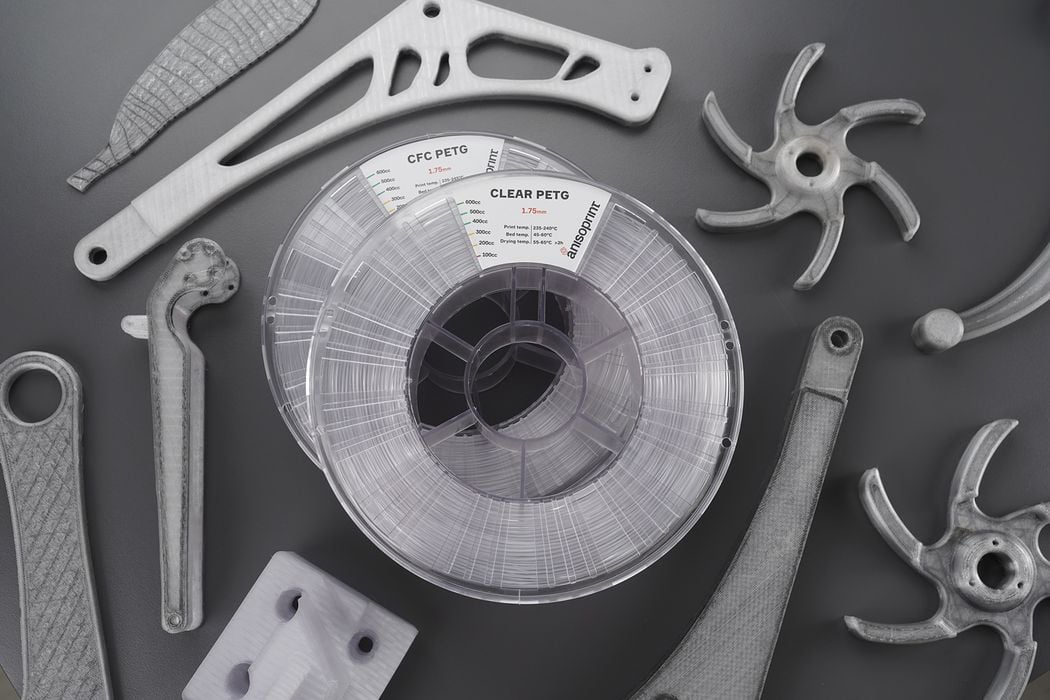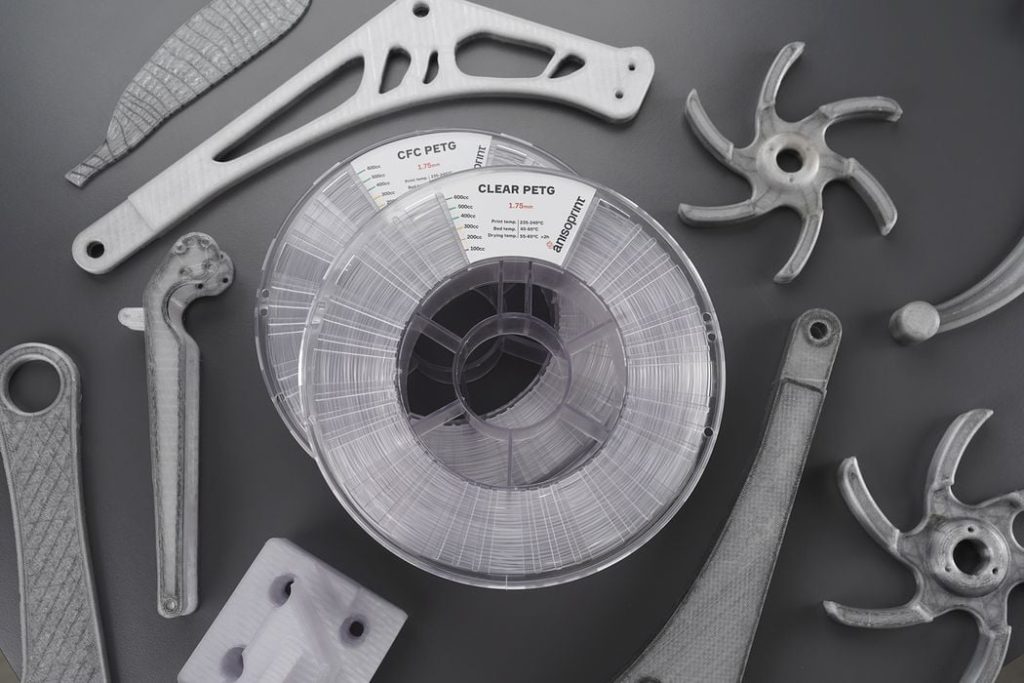
Several new AM materials were announced in the past week.
We often receive notes from manufacturers that have developed new and unique materials, but most times the news value is relatively low and these do not warrant a story on their own. However, we thought we might bundle together several material announcements into one post, this one, for your review.
Lumi Industries Dental Resins
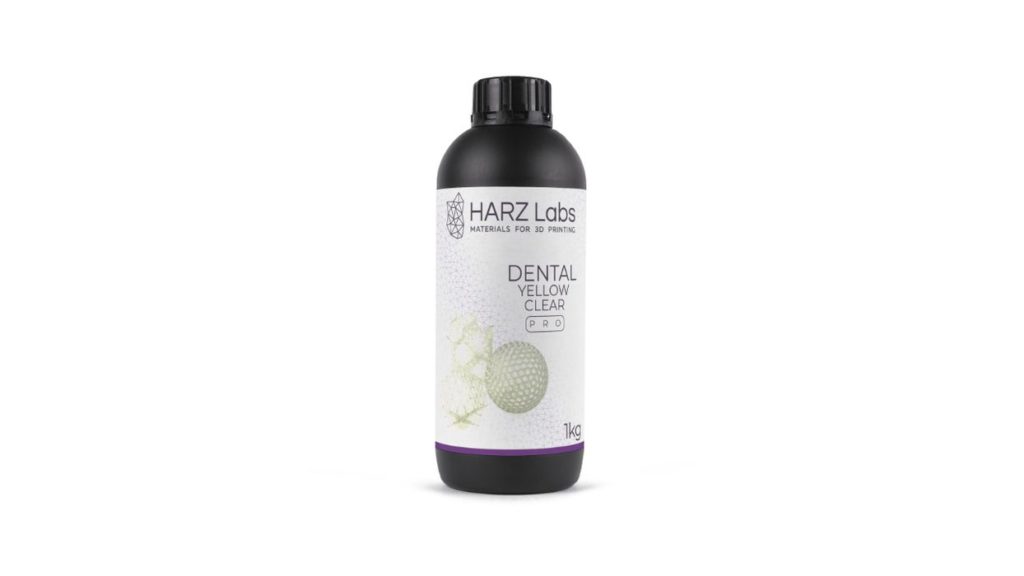
Lumi Industries announced the availability of a series of dental resins made by Harz Labs, including Dental Tray, Pink Soft, Autoclavable Dental Yellow Clear PRO and Glaze. The interesting part is that Harz Labs is a Moscow-based chemical supplier, where sanctions have been imposed. Fortunately, the company has a European storage and distribution center located in Latvia, from which products can be shipped.
Anisoprint’s Clear PETG
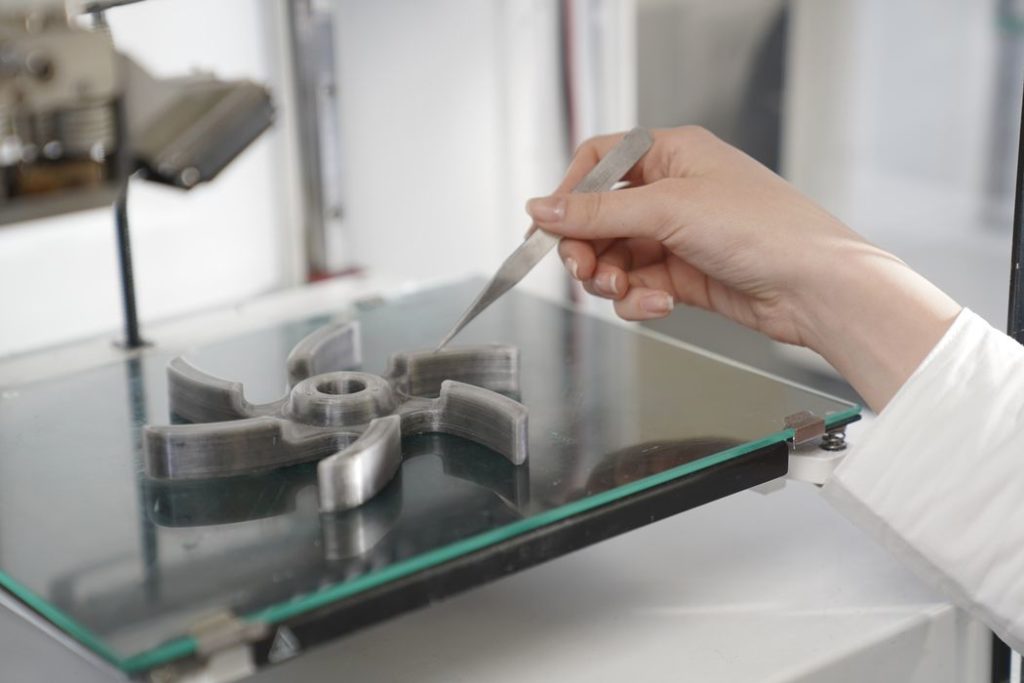
Anisoprint is best known for their continuous carbon fiber 3D printers, which can produce extraordinarily strong parts that can often substitute for metal parts. However, these machines must combine the carbon fiber with a polymer, usually a nylon on their desktop equipment, and certain engineering materials on their high temperature industrial equipment.
However, they’ve now announced two new materials, “Clear PETG” and “CFC PETG”, which should produce similarly strong parts, but with interesting optical properties. Anisoprint said the new clear material is “transparent with clearly visible internal structures”. I presume that includes the carbon fibers, which just might be visible in these strong prints. Why launch these PETG materials? Head of Materials Artem Naumov explains:
“A lot of our customers use different PETG variations with our dedicated profiles, with sometimes unpredictable results in terms of mechanical characteristics and quality. We decided to launch our own plastic with characteristics perfectly suitable for the profiles. The new material has been intensively tested and will ensure that our customers get the desired result and quality.”
Prusament PETG Recycled
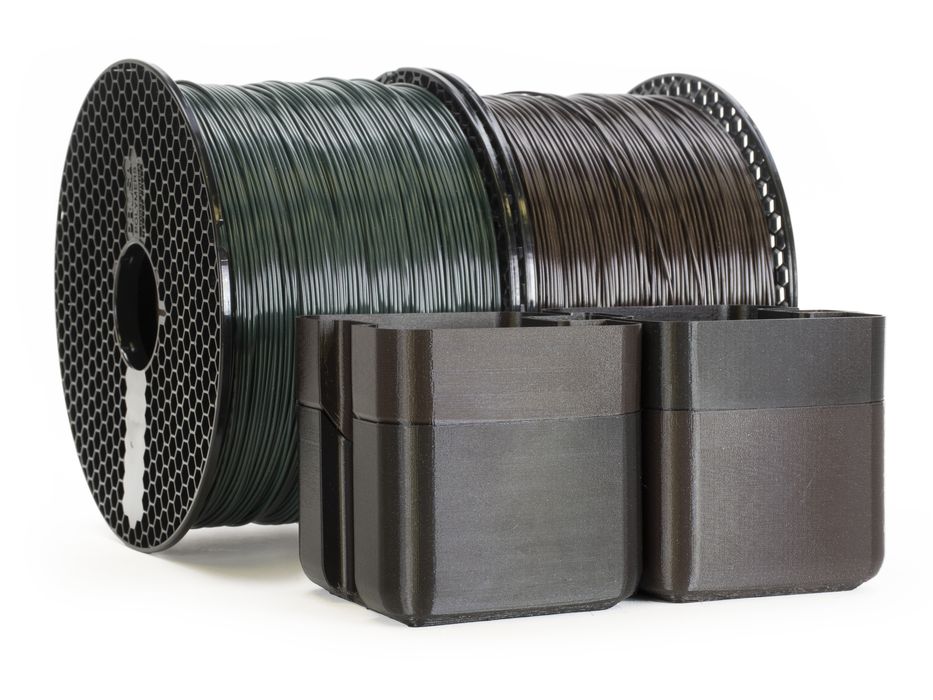
Prusa Research announced a recycled version of PETG material, to follow on from their highly successful recycled PLA product recently announced.
The new material is made from scraps recovered from their normal Prusament PETG production line. As a result, this means PETG Recycled has unpredictable colors: it’s made from whatever was leftover.
That’s likely fine for those producing parts that have no color requirement, and that no doubt makes up the majority of 3D prints these days.
Prusa Research also said their official assessment reveals that the recycled version generates 56% less atmospheric CO2 due to the elimination of raw material shipment. This is a good thing, and I wish more companies would consider this issue as deeply as Prusa Research has done.
Prusament PETG Recycled is sold in huge 2kg spools for US$54.44.
Virtual Foundry Tungsten Filament
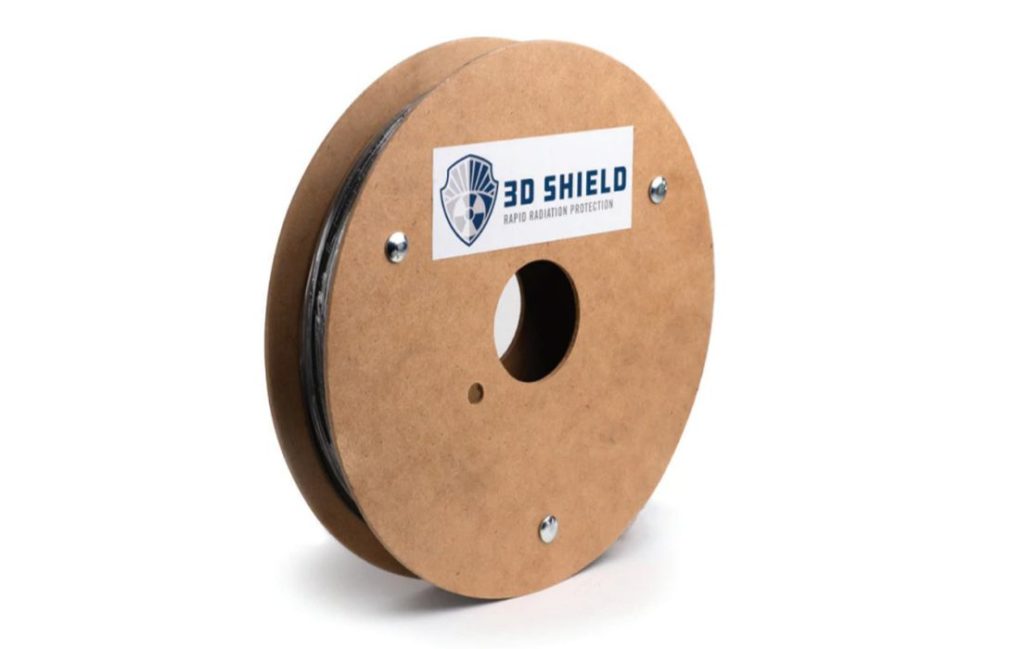
Virtual Foundry, makers of many unique 3D printer filaments, including a large variety of metals, ceramics, glass and even carbon fiber. Now they’re adding a very unusual filament: tungsten.
The product is called “3DShield” because it is suitable for printing radiation shielding. They say it has a density of 8g/cc, the “highest of any commercially available filament on the market today.”
What’s interesting about this material is that it doesn’t have to be sintered after printing, as most metal filament materials require. Instead, the green part contains a sufficient amount of tungsten particles to serve as a radiation shield: metal filament printing without sintering! This is good news, because tungsten has one of the highest possible melting temperatures.
This is unsurprising, as the 3DShield material contains an amazing 92-95% tungsten, a far higher ratio than is found on almost all metal filaments.
To print this material you need only a standard desktop FFF 3D printer with a hardened steel nozzle. The nozzle temperature needs to be only 210C, meaning practically any desktop device can use this tungsten material.
It’s not an inexpensive material, however, as a 1kg spool, which doesn’t contain that much filament volume due to the weight, prices out at US$674.

